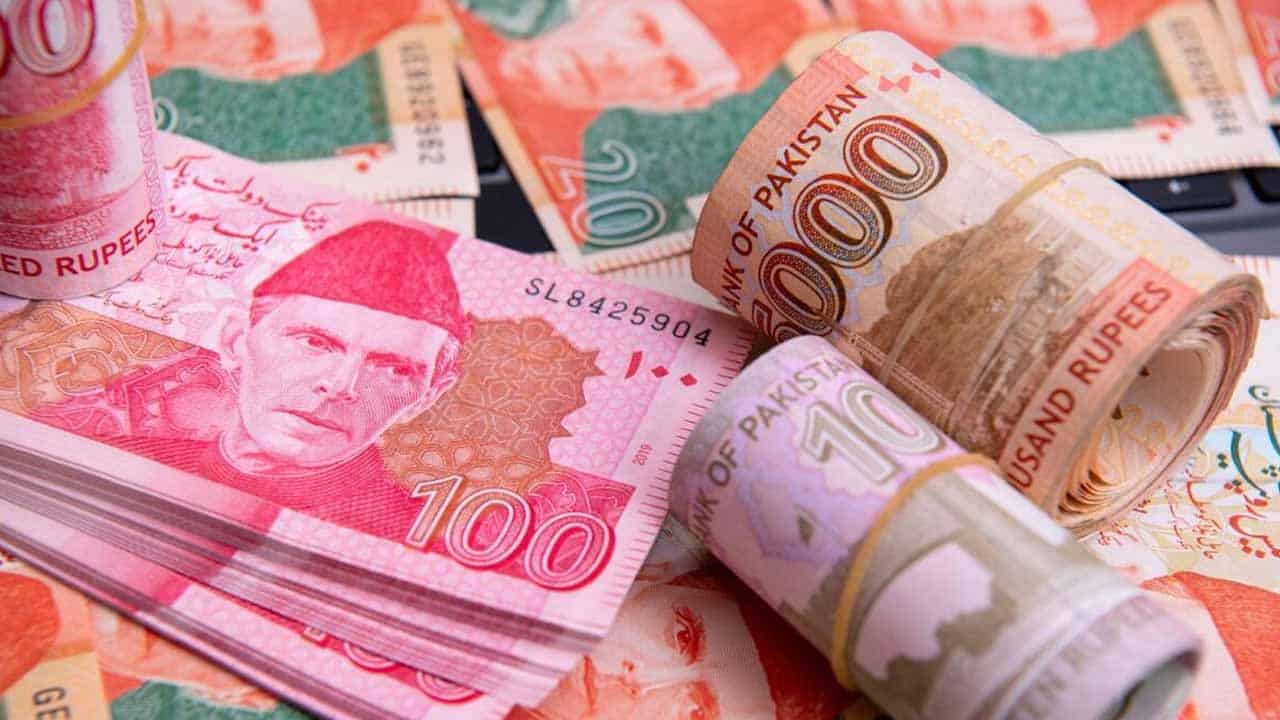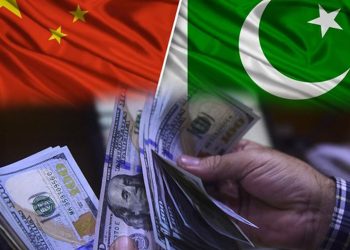Following a record low the previous day, the Pakistani rupee made a stunning recovery against the US dollar on Friday, gaining more than Rs13 during trading in the interbank market.
Around 12 o’clock, the exchange rate for the currency was 285.75, up Rs13.18 or 4.6%.
The enormous increase comes after the rupee’s interbank market closing rate on Thursday was a historic low of 298.93 against the US dollar.
Investors took some encouraging signs from the development as the political landscape began to stabilise a little after the Supreme Court ruled Imran Khan’s incarceration was unconstitutional and violent protests came to an end.
The International Monetary Fund (IMF) or not, Pakistan will not default and will satisfy its external obligations on time, said Finance Minister Ishaq Dar in an additional effort to calm markets.
Dar told the media on Thursday that there is a plan for $3.7 billion in foreign payments in May and June. China is anticipated to roll over an additional $2.4 billion, he continued.
He added that the budget presentation would take place on June 9, 2023.
Saad Khan, Head of Research at IGI Securities, stated that “the rebound in currency comes on the back of lowering political temperatures.”
The market analyst claimed that the decline was brought on by political instability. The random depreciation that had been occurring over the previous two days was being corrected, he continued.
Imran Khan, the leader of Pakistan Tehreek-e-Insaaf (PTI), was arrested on Tuesday, setting off fatal rioting that increased political discontent in Pakistan at a time of severe economic crisis and a holdup in the IMF bailout.
A number of overnight data points to a slowing US economy and investors’ bets that the Federal Reserve will further delay its interest rate increases caused the US dollar to cling to a more than one-week high on Friday.
The dollar index, which compares the value of the US dollar to six foreign currencies, declined 0.059% to 102.02, not far from the overnight high of 102.15, its best level since May 2.
With a 0.7% increase this week, the index is expected to end a two-week losing run.
With traders short-covering ahead of the weekend, oil prices, a crucial gauge of currency parity, recovered some ground in early Asian trade on Friday, but concerns about the US debt ceiling and resurrected worries of a regional banking crisis in the US limited advances.






